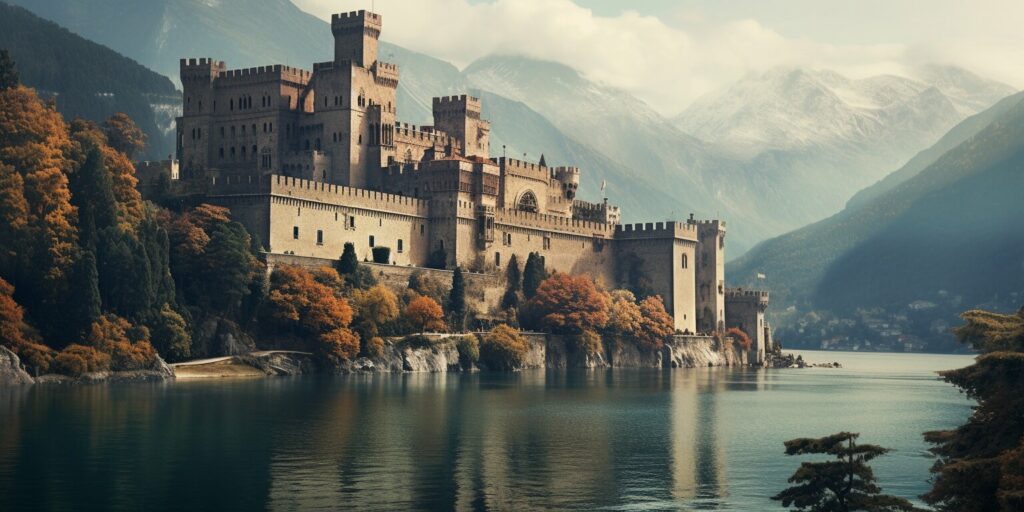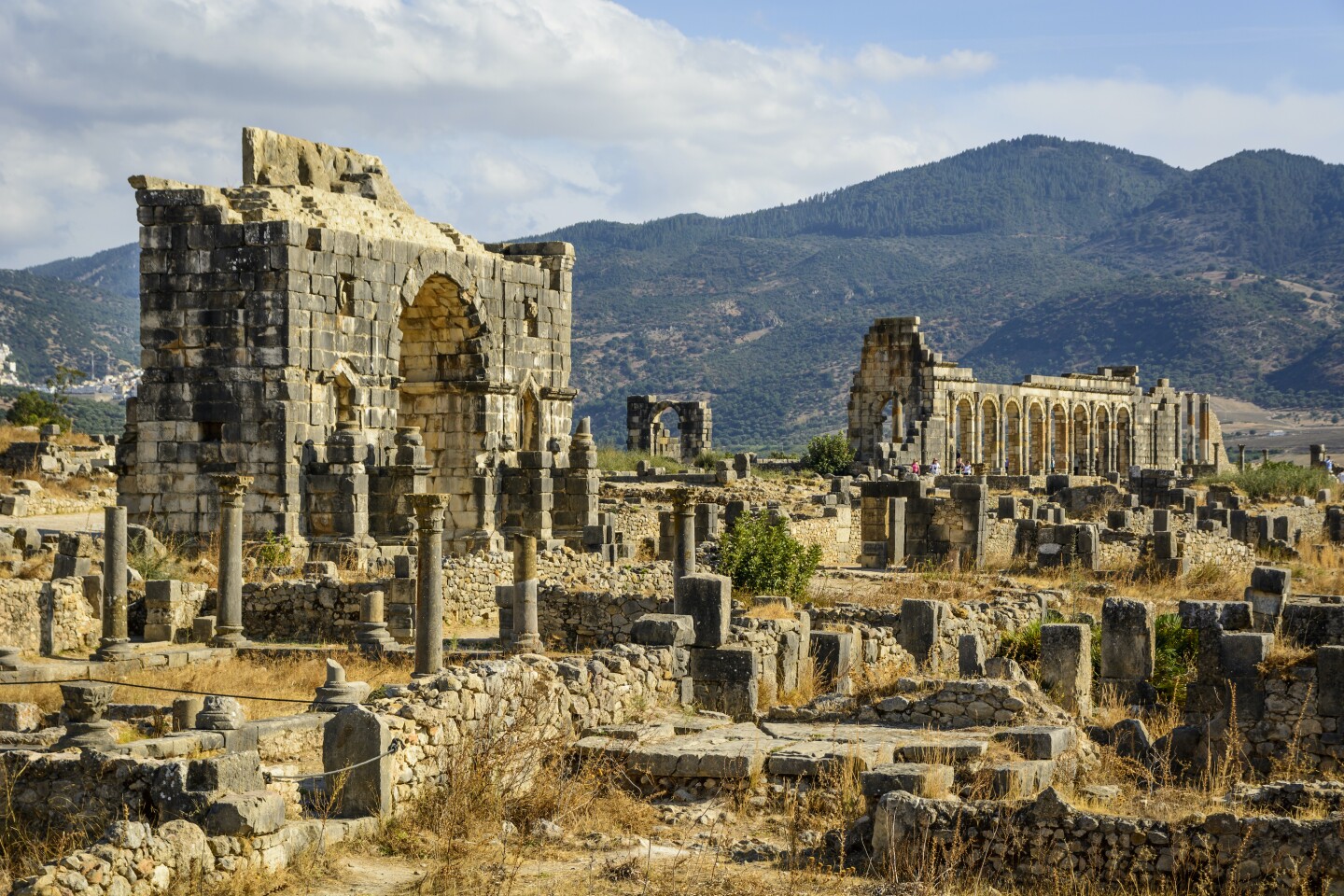Europe is a continent defined not only by its scenic beauty and cultural richness but also by its timeless castles—monuments to romance, warfare, legacy, and legend. These grand fortresses and fairy-tale palaces are windows into centuries of power struggles, royal dynasties, architectural brilliance, and the lives of those who once roamed their grand halls.
As travelers in 2025 increasingly seek immersive, meaningful experiences, historic castles offer the perfect fusion of fantasy and reality. From windswept Scottish cliffs to the vine-clad valleys of the Rhine, join us on a journey through time as we explore some of Europe’s most iconic and underrated castles that continue to cast their spell on visitors.
1. Neuschwanstein Castle, Germany – The Real-Life Disney Dream
Perched high in the Bavarian Alps, Neuschwanstein Castle is perhaps the most recognized castle in the world, inspiring Disney’s Sleeping Beauty castle. Commissioned by King Ludwig II of Bavaria in 1869 as a private retreat, the castle was never fully completed.
Why Visit?
The interiors are just as magical as the fairy-tale façade, with grand halls adorned in murals from German myths, including the operas of Wagner, Ludwig’s favorite composer. Add panoramic Alpine views, and you’ve got one of the most breathtaking sights in Europe.
Pro Tip: Visit during the fall for fewer crowds and a golden, leafy backdrop.
2. Eilean Donan Castle, Scotland – A Highland Icon
Eilean Donan Castle sits on a small tidal island at the intersection of three sea lochs in the Scottish Highlands. Originally built in the 13th century to defend against Viking invaders, the castle has undergone several reconstructions and is now one of Scotland’s most photographed landmarks.
Why Visit?
With its brooding stone walls, mist-covered waters, and dramatic mountain backdrop, Eilean Donan feels like a scene from “Game of Thrones”—except it’s real. Inside, the castle has been restored with period furniture, paintings, and weapons, giving visitors a vivid sense of Highland life.
Don’t Miss: A stop at nearby Loch Ness—you never know who might make a splash.
3. Château de Chambord, France – Renaissance Grandeur
Nestled in the Loire Valley, Château de Chambord is a masterpiece of French Renaissance architecture. Commissioned by King Francis I in the early 16th century, it features 440 rooms, 365 fireplaces, and a famous double-helix staircase believed to be inspired by Leonardo da Vinci.
Why Visit?
Chambord is less about defense and more about royal opulence and design. The estate surrounding the château is the largest enclosed park in Europe, perfect for hiking, biking, and picnicking under centuries-old trees.
Ideal For: Architecture buffs, history lovers, and wine-and-cheese connoisseurs.
4. Pena Palace, Portugal – A Romantic Masterpiece
Towering above the town of Sintra, Pena Palace is a vibrant blend of Neo-Gothic, Neo-Renaissance, and Moorish architectural styles. Built in the 19th century for King Ferdinand II, this colorful palace looks like it leapt from a storybook.
Why Visit?
Not only is the palace visually stunning, but it also sits within a lush forested park, filled with exotic plants and secret trails. The entire area of Sintra is a UNESCO World Heritage Site.
When to Go: Spring or early summer, before the heat and crowds peak.
5. Hohenzollern Castle, Germany – Perched on a Mountain Peak
High above the Swabian Alps in Baden-Württemberg, Hohenzollern Castle resembles a fantasy fortress from a medieval epic. Although this version of the castle was reconstructed in the 19th century, the site has been home to the powerful Hohenzollern dynasty for centuries.
Why Visit?
Its hilltop location offers 360-degree views and a dramatic silhouette. Inside, visitors can see royal treasures, including the Prussian King’s crown.
Fun Fact: The castle hosts open-air cinema nights in summer—imagine watching a film from within a real castle.
6. Bran Castle, Romania – The Legend of Dracula
Bran Castle, perched on the edge of Transylvania, is famously linked to Bram Stoker’s Count Dracula. While there’s no evidence that Vlad the Impaler ever lived here, the castle’s eerie corridors and Gothic towers make it the perfect setting for vampire lore.
Why Visit?
Beyond the legend, Bran Castle houses a museum with exhibits on Romanian royalty and folk culture. The surrounding Carpathian Mountains add to the haunting beauty.
Best Time: October, for spine-tingling Halloween tours.
7. Alcázar of Segovia, Spain – The Ship-Shaped Fortress
Shaped like the bow of a ship, the Alcázar of Segovia is a unique castle that rises dramatically above a rocky crag in central Spain. Originally a Roman fort, it was later transformed into a royal palace and military academy.
Why Visit?
The Alcázar’s mix of Romanesque, Gothic, and Moorish architecture showcases Spain’s layered history. Its throne rooms, artillery museum, and breathtaking tower views over Segovia are must-sees.
Don’t Forget: Pair your visit with a stroll through Segovia’s charming old town and aqueduct.
8. Trakai Island Castle, Lithuania – The Baltic Gem
Built on an island in Lake Galvė, Trakai Castle is one of Lithuania’s most picturesque landmarks. Dating back to the 14th century, the castle was once a stronghold of the Grand Duchy of Lithuania.
Why Visit?
The setting is serene, especially in summer when visitors can boat or kayak around the island. Inside, exhibits highlight the history of the Karaite people and medieval Lithuanian life.
Perfect For: Travelers looking for a peaceful, off-the-beaten-path experience.
Why Castle-Hopping Is the Perfect European Adventure in 2025
Europe’s castles are more than tourist attractions—they are time machines. They allow you to step into different eras, from Romanesque towers and Renaissance ballrooms to Gothic dungeons and Baroque chapels. Whether you’re a history enthusiast, a photography lover, or just someone seeking beauty and mystery, castle-hopping brings history to life in the most tangible way possible.
In 2025, as more travelers value authenticity and storytelling in their journeys, these fortresses offer exactly that—combined with some serious visual grandeur.
Tips for Planning Your Castle Tour
- Buy Tickets in Advance: Especially for popular spots like Neuschwanstein or Pena Palace.
- Check for Guided Tours: Many castles offer tours that include hidden areas not open to the general public.
- Dress for the Terrain: Some castles are high up or have cobbled steps—good walking shoes are essential.
- Respect the Heritage: These are delicate, protected landmarks. Be mindful of where you walk and what you touch.
Final Thoughts
Castles are where Europe’s history, myths, and legends come alive. Each turret and tower has a story to tell. In a world obsessed with modernity, these stone sentinels remind us of where we came from—and perhaps, of the magic we’ve lost.
So, pack your bags, charge your camera, and get ready to walk through centuries. Your journey through time awaits.
Want more medieval magic?
📰 Subscribe to the ZynPress Online Travel & History Digest for exclusive castle itineraries, hidden gems, and expert guides straight to your inbox.
🌍 Visit https://zynpress.online/ to explore more!

